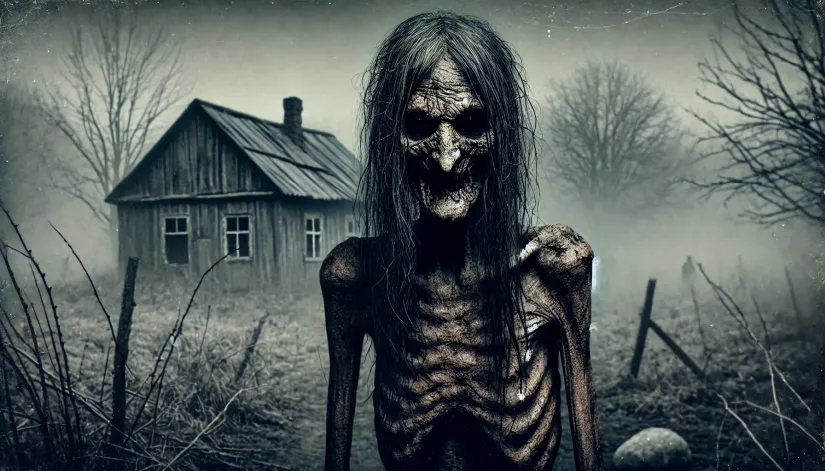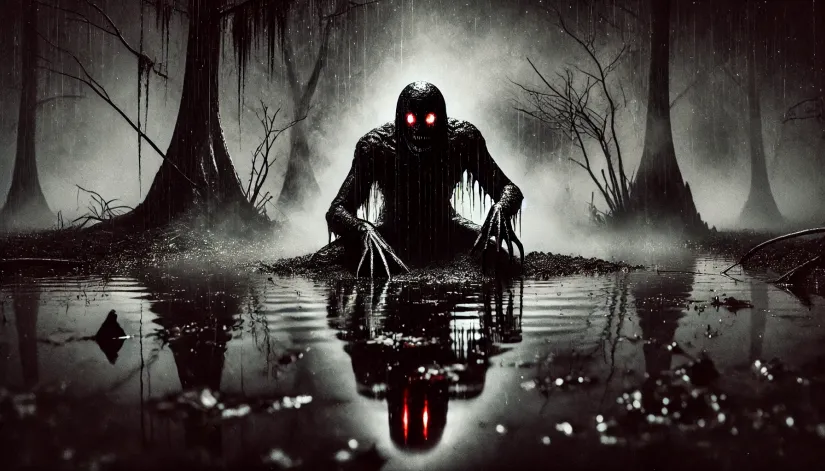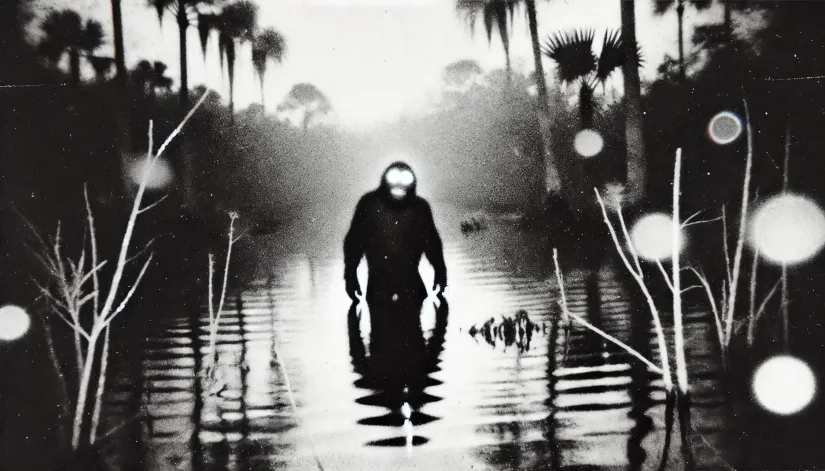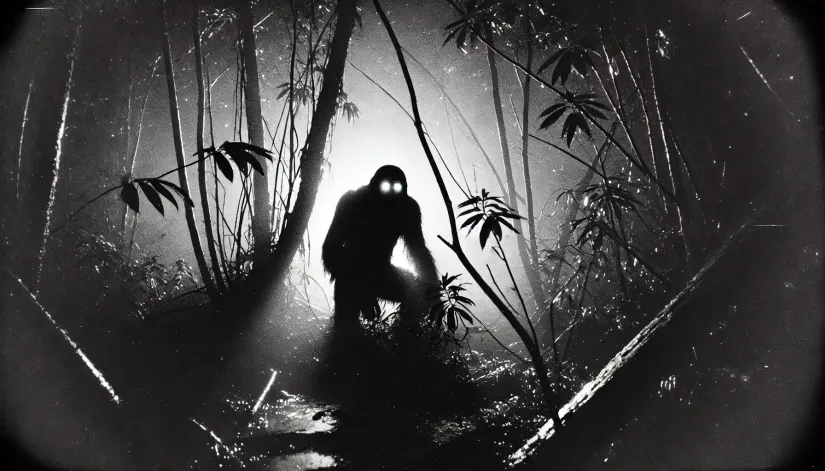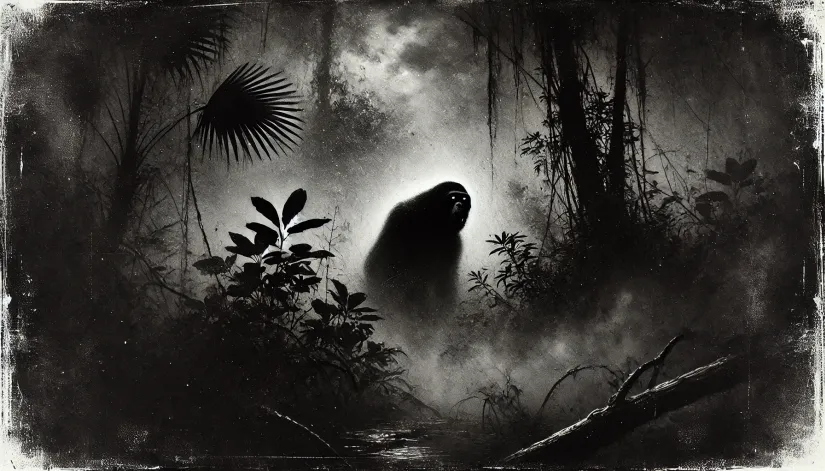Bathsheba Sherman—a name that gives chills to many horror fans. Her legacy was popularized by the infamous 2013 horror movie “The Conjuring,” but details about her life are still shrouded in mystery and whispers of witchcraft.
But who was she really? And how much of that movie was actually based on reality? Let’s take a closer look at the real life of Bathsheba Sherman together.
In this article:
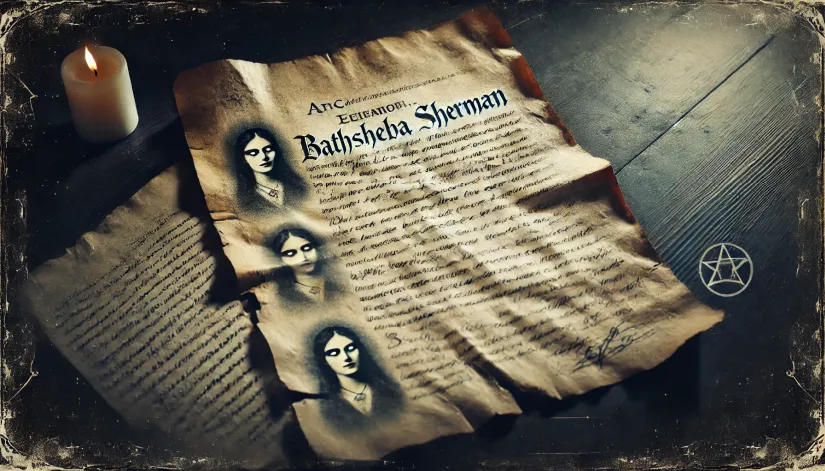
Birth and Early Life
Bathsheba Thayer was born on March 10, 1812, in Harrisville, Rhode Island, to Ephraim Thayer and Hannah Taft.
Interestingly, some sources suggest that she was related to Mary Towne Eastey, one of the alleged witches burnt at the stake during the Salem Witch Trials of 1692, hinting that Bathsheba was one of Mary Towne Eastey’s descendants.
Sadly, the truth is, we don’t know much about her birth or early years. We don’t know if she was related to Eastey. The records are sparse, and much of what we assume about her life comes from understanding the general circumstances of that time.
Related: Who is the Brown Lady of Raynham Hall Haunting Visitors?
What does that mean? It means that growing up in the 19th century meant dealing with harsh realities. Life was tough. Families like Bathsheba’s were self-sufficient, relying on the land to survive through unpredictable seasons.
Back then, Harrisville was a tiny town. Barely a town, actually. And, as with most regular communities, this one, too, was bound by superstition. In fact, that might be what fueled the suspicions that later surrounded Bathsheba (more about that soon).

Marriage, Family Life, and Allegations
In 1844, at 32 years old, Bathsheba tied the knot with Judson Sherman, a respected local farmer. The two lived on a relatively prosperous 200-acre farm in Harrisville, raising livestock and cultivating crops.
They had four children, but only one, Herbert L. Sherman, born in 1849, lived to adulthood. Sadly, that was quite common at that time. While there were rumors of other children who supposedly died young, no historical records confirm this. In fact, I think these claims were likely invented to reinforce the suspicion surrounding Bathsheba.
Related: Borley Rectory Ghosts: England’s Most Haunted House?
But if Bathsheba and Judson lived a peaceful life, how did she end up being accused of witchcraft and dealing with the Devil?
It all began with the tragic and mysterious death of her neighbor’s son while under Bathsheba’s care. During the brief investigation that followed, the local doctor allegedly found a sewing needle embedded at the base of his skull.
The discovery led to an outpouring of accusations. Local women were enraged. The whole town was quick to label Bathsheba a witch, suggesting she used the child in a ritual sacrifice.
The evidence? It was shaky at best. Even though Sherman was the last to tend to the boy, there was nothing to suggest that she was the one to impale the boy’s skull. That’s probably why no formal charges were ever filed against her.
Yet, the damage was done. In the community’s eyes, Bathsheba was tainted. Seen as aloof, her perceived arrogance (not to mention her striking beauty) fueled the belief she practiced dark magic.
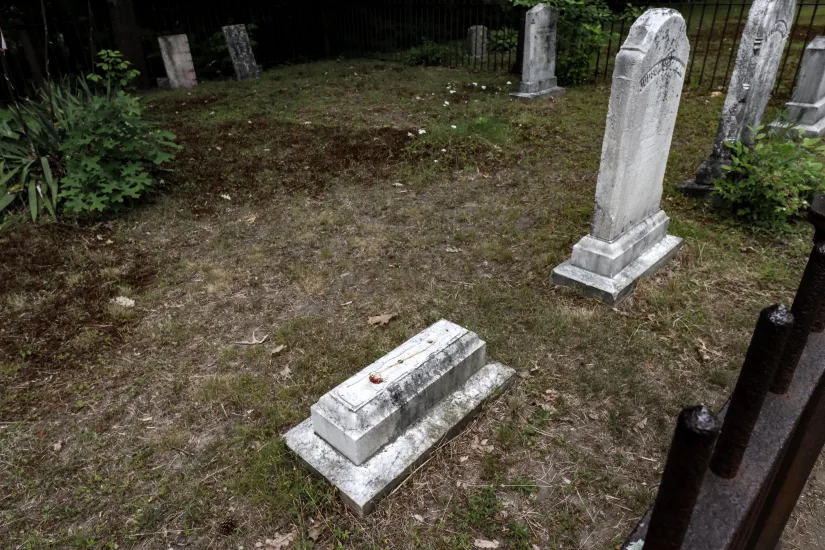
Death and Burial
Bathsheba Sherman passed away on May 25, 1885, at the age of 73. Believe it or not, even this date of her death is controversial, with local legends suggesting she died in 1849 after hanging herself following an alleged satanic ritual.
However, the few official records still existing point to a different time of death and indicate that it had nothing to do with devil worship. The official cause of death? Paralysis, likely from a stroke—a common cause of death in that era.
SpookySight recommends: Stockwell Poltergeist: How One Servant Fooled Everyone
Her death, however, didn’t put an end to the stories. Instead, it led to more speculation. For instance, some swore they witnessed Bathsheba’s body turning to stone immediately after death, supposedly a sign of divine punishment. Of course, there’s no evidence for this claim.
She was laid to rest in the Harrisville Cemetery beside her husband (who died in 1881) in a simple grave.
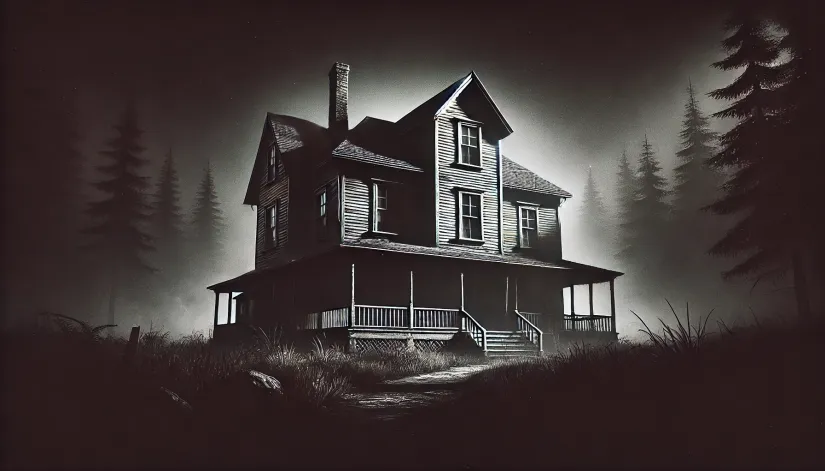
The Perron Family Haunting
Fast forward to January 1971. The Perron family—Roger, Carolyn, and their five daughters—moved into an old farmhouse in Harrisville, unaware of its history. Yes, the same farmhouse where Bathsheba Sherman lived and allegedly practiced witchcraft.
According to Ed and Lorraine Warren (the two paranormal investigators who handled the case; Ed was a self-taught demonologist, and Lorraine was a clairvoyant and a light trance medium), strange things began almost immediately.
Doors opened and closed on their own. Beds levitated. There were odd smells and sudden drops in temperature. Carolyn Perron felt particularly targeted by something dark.
SpookySight recommends: Who Is Resurrection Mary, Chicago’s Most Haunting Ghost?
Lorraine Warren claimed that Bathsheba Sherman was behind the disturbances. She believed Bathsheba considered herself the rightful mistress of the house and expressed her rage toward Carolyn through violent hauntings.
During a séance, the Warrens attempted to communicate with the spirit. But the event only seemed to make things worse—culminating in a terrifying possession attempt that left Carolyn traumatized.
Despite enduring violent hauntings for nearly a decade, the Perrons stayed in the farmhouse until 1980, when they could finally afford to leave.
SpookySight note:
Today, Andrea Perron is not so convinced anymore that it was Sherman who terrorized her as a child at all—but rather the neighboring Arnold Estate matriarch who hanged herself in the barn in 1797 instead.
Bathsheba Sherman and The Conjuring
So, why is the story you likely heard about Bathsheba so much different from reality? Well, it’s all because of James Wan’s 2013 “The Conjuring“ film.
In the movie, she is portrayed as a full-blown Satan-worshipping witch who sacrificed her baby and cursed anyone who lived on her land. This portrayal was certainly chilling, but it had little basis in documented history.
You May Also Like: Who Is the White Lady of Hohenzollern Castle?
The real Bathsheba was never proven to have committed any murders or practiced witchcraft. Yet the movie cemented her image as one of America’s most notorious witches. “The Conjuring” became a box-office hit, and Bathsheba became a household name—forever linked to one of the most popular horror franchises.
Remember, Hollywood’s goal is to entertain. The film captured fear well, but most was fiction, not fact. Yet, the movie fooled many, and its Box Office success also brought a lot of unwanted attention to Harrisville Cemetery, where Bathsheba is buried.
And so, many “ghost hunters” took things too far, vandalizing her gravestone in the search for “evidence” of her supposed evil. The repeated vandalism led local authorities to increase surveillance. At one point, they even considered restricting access to her burial site altogether.
On August 30, 2024, the city hall installed a new headstone to honor her memory.
Frequently Asked Questions
Is Bathsheba Sherman based on a real person?
Yes, Bathsheba Sherman was a real person who lived in Harrisville, Rhode Island, during the 19th century. She gained notoriety due to rumors of witchcraft and her portrayal in “The Conjuring.”
What happened to Bathsheba Sherman?
Bathsheba Sherman died on May 25, 1885, reportedly from paralysis caused by a stroke. Local legends, however, claim she died in 1849 after hanging herself during a satanic ritual.
How is Bathsheba connected to Annabelle?
Bathsheba Sherman has no direct historical connection to Annabelle. Both appear in The Conjuring Universe movies, but in reality, Bathsheba’s story and Annabelle’s are unrelated.
How many kids did Bathsheba Sherman have?
Bathsheba Sherman had four children, but only one, Herbert L. Sherman, lived to adulthood. There are rumors of other children, but no official records confirm this.
Where is Bathsheba Sherman’s grave?
Bathsheba Sherman is buried in Harrisville Cemetery, Rhode Island. Her gravestone has been vandalized multiple times due to her association with witchcraft folklore.

